At Milk, we stand for inclusivity and the freedom to live your life openly, authentically, and unapologetically. Laws that threaten our community affect all of us. A wave of recently passed and proposed anti-LGBTQIA+ legislation in the US is the latest attempt in an ongoing effort to strip the rights of LGBTQIA+ people. That’s why this Pride, we believe it’s more important than ever to uplift and create safe spaces for our community.
Throughout the month, our special guest editor Devin-Norelle, a model and trans advocate, is sharing the stories of seven people across the country who are actively fighting for their rights. Because all LGBTQIA+ people deserve to have a safe space to exist freely.
When Rachel Stonecipher posted rainbow stickers in her classroom, she did it to foster a safe space for her students. As the advisor for the Gay-Straight Alliance Club, one of her goals in any school was to empower her LGBTQIA+ students, making them feel seen and heard among their peers. She wanted everyone to feel like they had a voice, and the right to take up space with their existence.
Her school district in Texas didn’t see it that way and removed the stickers, enforcing a policy of viewpoint-neutral decorations and arguing that the stickers could make "students who do not see themselves reflected in that classroom’s decorations" feel "unwanted" or "unsafe." (The district's full statement can be read here.) Despite a student walkout, the stickers remained gone and Rachel was suspended from teaching.
“The weird irony is that many people who are ‘pro-freedom’ don’t advocate for the freedom to think whatever you want,” she says.
Far from enforcing a single point of view, Rachel says she wanted her students to know that they all had the freedom to explore the limitless possibilities of their identities. Those stickers, along with acting as a visual signal for a safe space, were also meant to communicate that her LGBTQIA+ students were free to express themselves in her classroom and exist authentically.
“I equate freedom to safety,” she says. “If you’re not free to think, to feel, to say, to ask questions, then you’re not safe.”
While those conditions of safety were removed from her classroom, she continues to bring them with her wherever she goes. Beyond physical safety, she wants young LGBTQIA+ people to feel emotionally and intellectually safe too. As for what that safety might look like, her experience teaching and existing as part of the community has shown her that it looks different for everyone—and that’s okay.
“I am one example of what’s possible, but I’m not the only example,” she says.
Read on for Rachel’s requirements for collective, complex, honest safe spaces.
What does a safe space mean to you?
I think the goal of a safe space is to achieve the highest possible level of safety in every way that can exist between humans. That involves meeting the basic requirements of safety, making sure everyone is physically well, and has food and water. Beyond that, you need a level of intellectual freedom, emotional, and interpersonal freedom. That means you feel free to express, at any time, feelings that occur to you by your mere existence. It’s being able to express the things that you feel without fear.
A safe space is never going to be perfect. There’s going to be anger and sadness as responses to each other, just by living as human beings. It’s okay to have those collisions, but you have to know that you’ll have the time to rectify that and won’t be diminished just for being who you are.
 |
 |
What’s your earliest memory of finding a safe space?
I didn’t feel physically unsafe in my life unless a bully was around. When I was walking between school and home, people would harass me because of the way that I dressed. My safe space, when I think back to being totally at peace with myself and everything, was at the children’s section of the Grapevine Public Library where I grew up. I think it’s because I felt physically safe, and I was also surrounded by people interested in randomness. Librarians were always saying, “Oh, I have a book for that.” There was a book for me, a book for you, a book for everything. There were all these possibilities, and I was surrounded by people who loved those possibilities.
It felt like that freedom was safety. I equate freedom to safety; if you’re not free to think, to feel, to say, to ask questions, then you’re not safe. Even if you have terrible feelings about the LGBTQIA+ community, why wouldn’t you want your kids to still learn about the existence of those people, so that your kids will understand the world? I don’t understand it.
How do you foster a safe space?
There’s this myth that teachers are trying to—in creating safe spaces—hide children from their parents. The trouble is that teachers are bearing the burden of emotional caretaking for kids who aren’t getting it from everyone else. The goal is to take care of kids in a way that we’re charged to do as teachers.
A safe space is where you bring everything in society that everyone is burdened with, and you provide the space and time to address all of that. It’s a space to honestly and openly talk to people about what they’re going through, and to let them know that in that space, they aren’t going to be harmed. The way I would foster a safe space is to promote that space of humanist understanding. You can count on us in this space; you can count on me in this space to make sure that everyone is trying to take care of each other.
What are your safe spaces?
My safe space has always been a place where I feel free. It used to be the library, where I could have freedom of thought. It could be playing a pinball machine. It could be in the middle of a creek outdoors. It's a place I can move, I can do, I can be, I can think without the limit of fear or judgement.
What do people get wrong about Pride?
People get the metro-centrism of Pride wrong. A lot of folks see big celebrations in big cities—a lot of money and swag and rainbows everywhere. When I couldn’t attend Pride, I was still Googling what was happening in other places. People who grow up in rural places—like my growing up part-time in Louisiana—don’t always have a large celebration to attend, but they’re watching.
Pride is actually a really meaningful and symbolic thing for those living in rural areas. It’s a meaningful cultural production for everybody who sees it on the news. But people also get Pride wrong in the sense that we live it every day. It takes a lot of communication to just be yourself. To live every day in Pride for me means intentionally putting myself in situations where I will be read as male, so that I can surprise people. Pride is being yourself and being able to represent yourself in front of everybody. You’re putting yourself out there as kind of an ambassador for the community.
Twice as a teacher, a little masculine girl came up to me to ask if she should identify as male or begin to identify across the gender line. I always say, “It’s totally up to you. You don’t have to buy into any narrative about who you should be. At this moment, the only thing you need to be thinking about is what you feel.” I as a butch woman am one example of what’s possible, but I’m not the only example.
How do you celebrate Pride outside of Pride month?
My fiancée and I buy a lot of rainbow items from smaller boutiques. We try to buy from LGBTQIA+ artists. We try to put our support, including monetary support, behind things and people that try to get our visibility out there. She's a femme lesbian, and I pass as male, so part of the fun is showing up with rainbow gear when none of the straight cis people in the room expect you to. Pride is about upsetting expectations in many ways.
 |
 |
What would you tell your younger self?
I’ve been through a lot of deeply traumatic, self-questioning moments. I didn’t expect that when I moved to Philly from the south, I’d have more of a crisis around gender and sexuality than I ever did before. I didn’t expect so many people in the LGBTQ community to assume I would want to be a straight man. I started asking myself if there was something wrong with me. Can I look the way I want to look and still identify as a woman? Can I still talk about the feminist politics of being slotted in this box? If you’re not a feminine—traditionally—and conventionally attractive woman, then maybe you fall out of the woman category. That began to upset me.
I would tell my younger self what I tell my students, that all options are possible. If something makes you uncomfortable, follow your gut. Follow what feels most real for you, regardless of what anyone says. Truly, from what I've seen as a teacher, there's just as much misrepresentation of female masculinity—either as a non-category, or as categorically non-woman—as there ever was when Halberstam wrote about it, but now it's coming from queer folks too. Kids pick up on those things now as much as ever, and they pressure each other to be "normal" even within the queer student groups. It's important for LGBTQ people to understand, too, that they have to be allies for other LGBTQ people. You don't know who someone is better than they do.
What would you tell young people today?
The key message for young people is to retain their sense of self and know that the possibilities for their life are truly infinite. For kids and for young people, finding a box you fit into is really good, but you don’t have to box-hop. You can have that box and still blur the lines, and you can find safety in blurring the lines.
What does it mean to be an ally?
One thing allies don’t realize is that we constantly have to speak up for ourselves. We have to so that kids can see us living Pridefully and know that it’s possible.
Allies need to listen. A big part of learning to be an ally is learning to empathize. It’s learning intuitively what a person looking at you would like you to understand and giving them what they emotionally need.
In big protest situations or something like that, an ally might not need to be at the front of the protest line, but an ally can help. An ally should represent themselves as an ally. Be honest and open about your allyship to your family and friends. Deal with your families and argue with family members about who they stand with and believe in. It goes back to your position in the world. If you’re honest about your position and place in the world, then people will flock to that.
How should allies show up for LGBTQIA+ people?
Show up physically: Appearing at Pride is a huge deal because as an ally, you’re creating a ripple effect of, “I’m willing to take time to back up a group of people whose struggles I’m not going to claim as my own.” That’s an act of generosity that other people in that ally’s orbit will notice. It creates this sense that society can care about people going through that struggle. Making people feel seen is really important. Allies in general, including those working across different LGBTQ experiences, have to set some of their assumptions about how things work at the door. Deeply rooted heteronormativity has to stay at the door.
This interview has been edited and condensed for clarity.
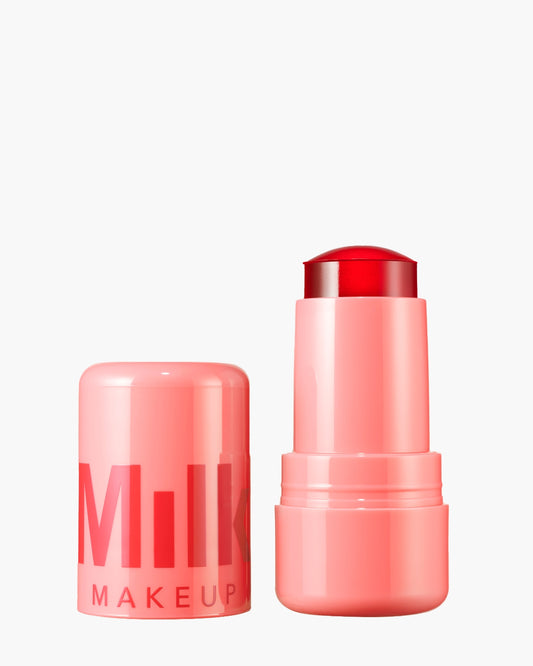
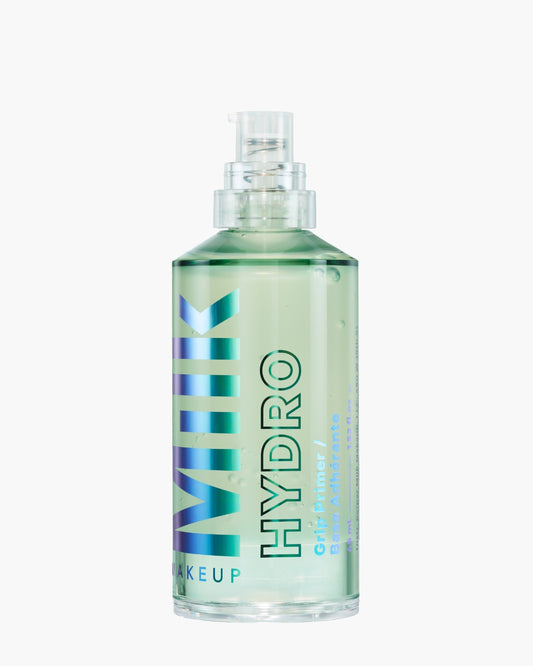
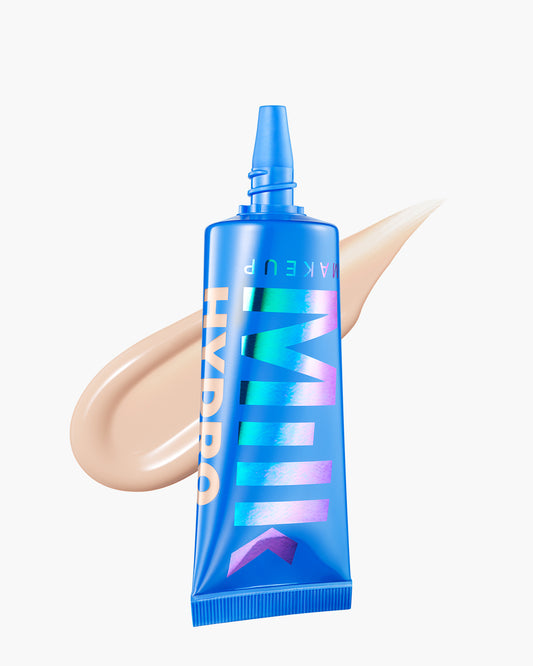
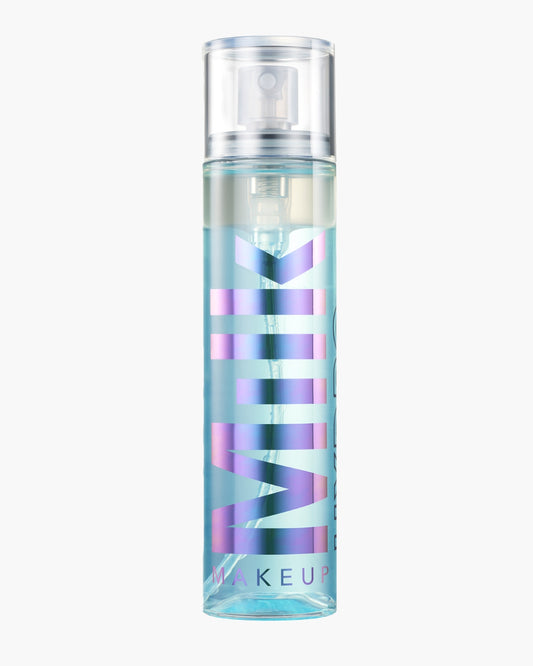
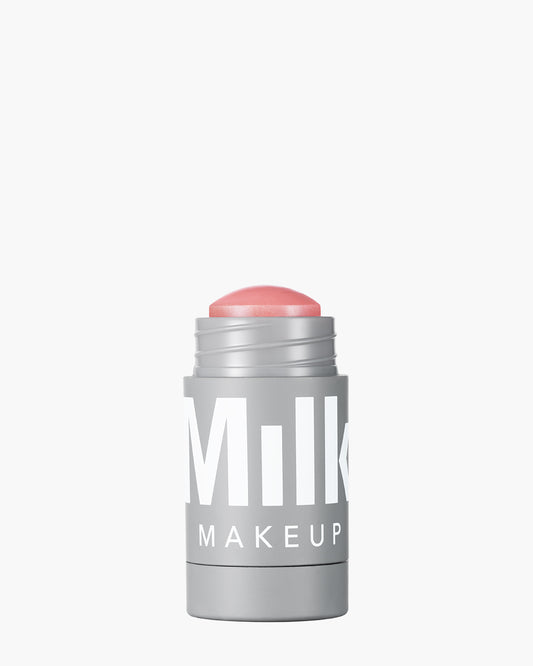


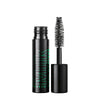



-%E2%80%A2-Instagram-photos-and-videos-v1709919789860.png?150x150) "
"
